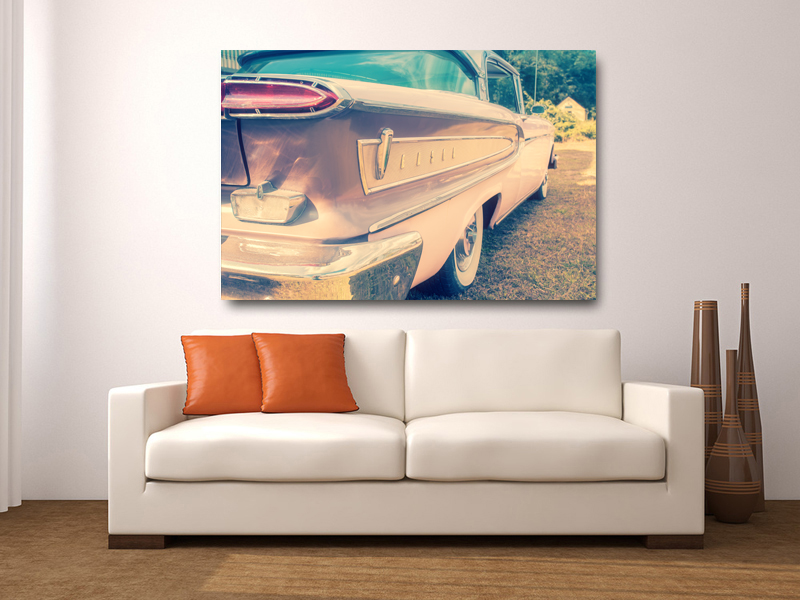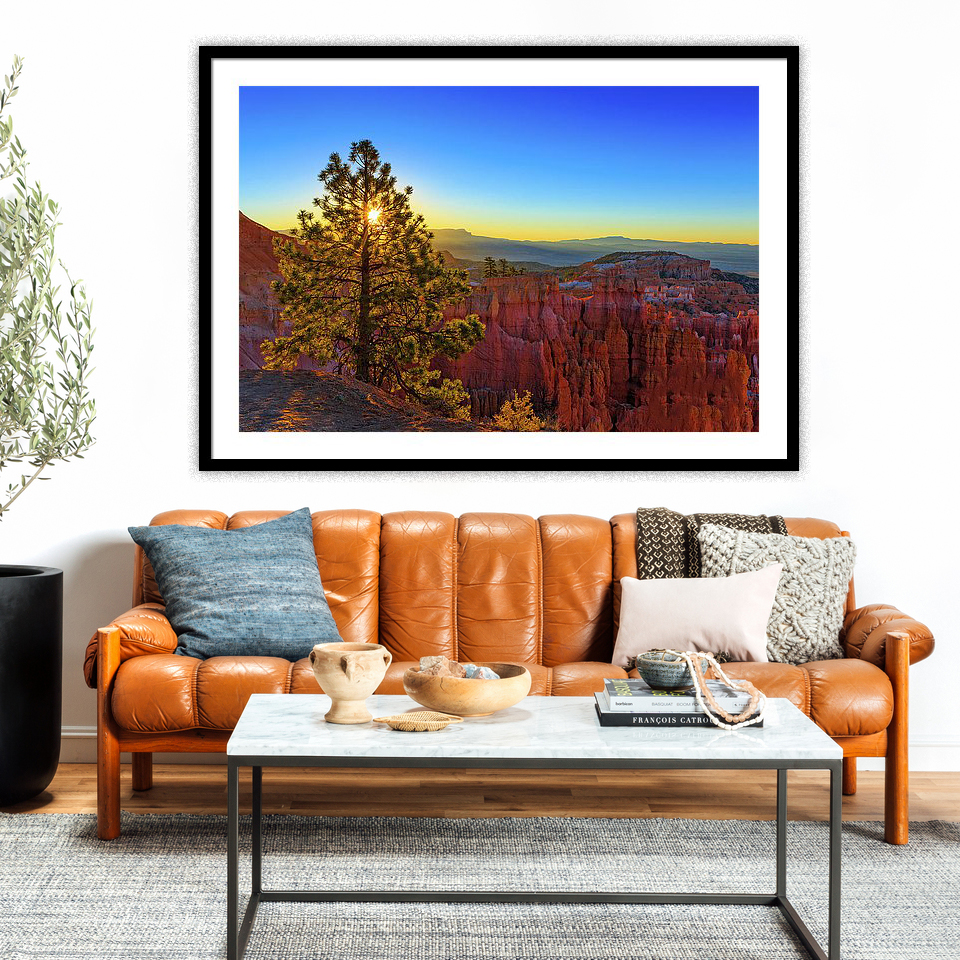Fine Art America is privately held company that provides a market place for artists to sell their images. Artists offer their images for sale, provide the mark up and Fine Art America and its sister site Pixels handles the sales transactions , printing and fulfillment.
Fine Art America started out as a popular artists forum in the early Internet days and then morphed into a marketplace over time. Its small company, mostly the brain child of computer engineer, Sean Broihier and a small support staff, but they manage to be the small business engine for thousands of artists and photographers.
There is currently two “flavors” of the Fine Art America POD marketplace. One is the original Fine Art America that promotes fine art prints and original artwork. The prints are handled by Graphik Dimensions Ltd. of High Point NC who has been serving the artist community for over 50 years with printing and framing.
With these guys as the principal framing and print shop, FAA offers the most framing, printing and mounting options of any online POD outfit. You can choose from thousands of framing options including metal, acrylic and new wood prints.
Pixels on the other hand is more of the gift shop to FAA’s gallery or museum experience. In the Pixels store you will find an expanded collection of gift items like t-shirts, mugs and throw pillows.

Fine Art America in the Press
Sean Broihier the owner of Fine Art America seems to have done a round of press back in 2012. More recently he’s kept more tight lipped about the business maybe because of all the competition that has entered the POD market place over the last few years.
Here is some of the press on Fine Art America and Pixels from past articles. Note that the sales figures certainly have increased from the 2012 numbers.
Doing $5 Million A Year With Three Employees: FineArtAmerica CEO Sean Broihier (Part 1)
Sramana: What is the business model behind FineArtAmerica?
Sean Broihier: The business model is to create a marketplace of buyers and sellers. We allow artist and photographers to upload their images to our site. We then offer them for sale as framed prints, stretched canvases, acrylic prints, greeting cards, and so on. We have a print-on-demand business model. Independent artists and photographers all over the world can open an account on our site and upload their images, and our software will determine what sizes and products we can sell based on the size of the image. The artist or photographer gets to name exactly how much they want to charge for each product or size of the print that is made available.
When a buyer comes along, he or she can pick the print and size. We allow buyers to choose additional features such as colored mats and frames. They can customize the entire picture via our website and place the order. FineArtAmerica takes care of the entire transaction for the artist. We print, frame, package, ship, collect payment, and send the profits to the artist.
How Fine Art America Built Its Business by Bootstrapping
https://www.entrepreneur.com/article/222670
So how does Broihier do it? Here are his five tips on how to bootstrap a business:
- Be lean. He started out by keeping the overhead low — working alone on nights and weekends. He generated a $500 profit his first month in business. In 2010, he hired his first employee, and in 2011 he added another — both of whom work remotely.
- Generate buzz. Fine Art America didn’t advertise until late 2010. Instead, it took advantage of word-of-mouth through its artists via email, Facebook, Twitter and more. Customers, it turns out, are your best lead generators.
- Outsource. Fine Art America builds great online software and outsources everything else. ADP handles payroll. Amazon manages its web servers. WebmasterChecks.com pays the artists. A company out of North Carolina handles its printing, framing, matting, packaging and shipping.
- Don’t follow the leaders. Small firms often compete against well-funded corporations with millions of investment capital that can afford to throw money at bad ideas. Don’t copycat all of their decisions.
- Resist taking on investors. Once you accept investment capital, you’re no longer the boss and you’re on a path to sell your business or go public. Unless you’re struggling with cash flow or preparing for an exit, accepting outside money makes no sense.
